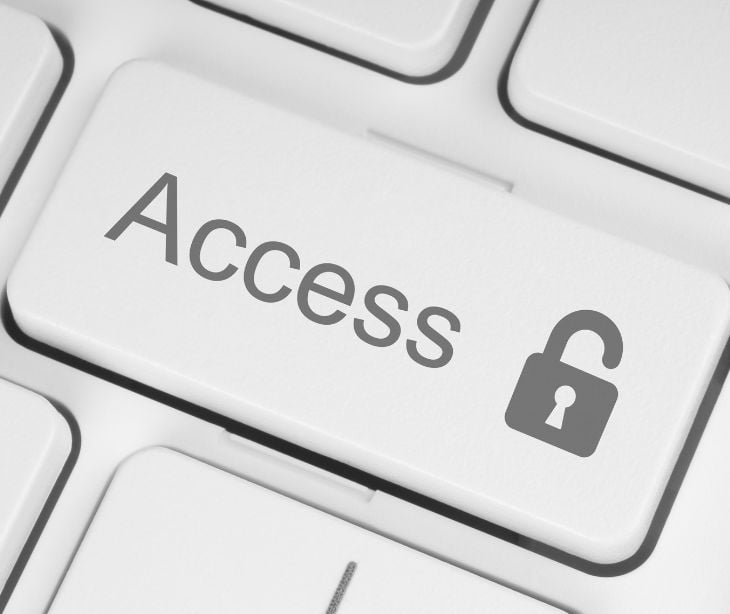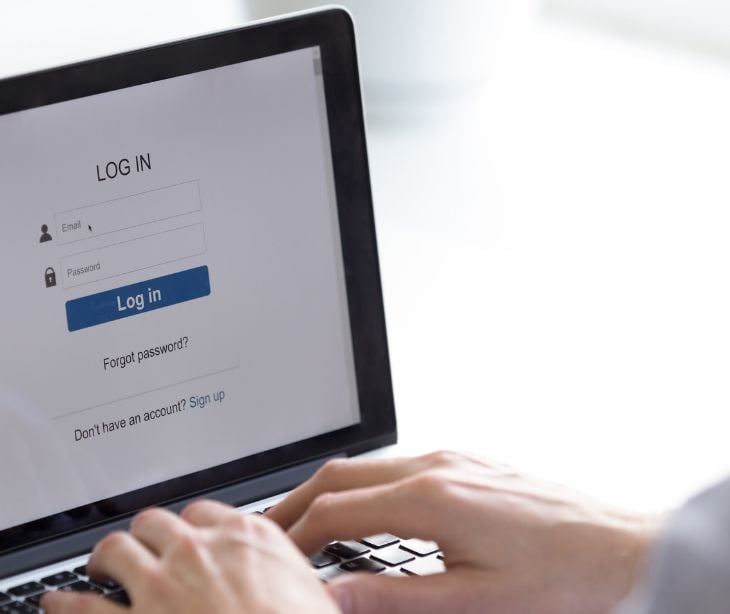
Role-based access control (RBAC) is an aspect of information security that restricts network access based on an individual's role within an organization. RBAC has become one of the primary methods for advanced access control, allowing organizations to manage and control access to sensitive data and important applications effectively.
Introduction to RBAC
RBAC is a security model that restricts access to a network based on an individual's role within an organization. The roles in RBAC refer to employees' access levels to the network. By implementing RBAC, organizations can ensure that employees are only allowed to access the information necessary to effectively perform their job duties. Access is based on factors such as authority, responsibility, and job competency, and can be limited to specific tasks such as viewing, creating, or modifying files.
Understanding RBAC
According to a survey by Forrester Consulting, 63% of IT security and risk management professionals consider RBAC highly important for their organization's security. RBAC, which assigns roles based on job responsibilities, is crucial for closely monitoring network access, especially in large organizations with numerous employees and contractors. It ensures that lower-level employees only access sensitive data when necessary, thereby enhancing data security and preventing unauthorized access.
Read also: A guide to HIPAA and access controls
Examples of role-based access control
RBAC allows organizations to control what end-users can do at both broad and granular levels. By designating roles and aligning them with employees' positions in the organization, organizations can allocate permissions based on the access required for employees to perform their jobs effectively. Let's look at some examples of RBAC designations:
Administrative Roles
- Management role scope: Limits the objects that a role group is allowed to manage
- Management role group: Allows the addition and removal of members
- Management role: Defines the types of tasks that can be performed by a specific role group
- Management role assignment: Links a role to a role group
By adding a user to a role group, the user gains access to all the roles within that group. On the other hand, if a user is removed from a role group, their access becomes restricted. Users can also be assigned to multiple groups temporarily for specific data or program access, which can be revoked once the project is complete.
User Access Options
- Primary: The primary contact for a specific account or role.
- Billing: Access for one end-user to the billing account.
- Technical: Assigned to users performing technical tasks.
- Administrative: Access for users performing administrative tasks.
These are just a few examples of the various roles and access options that can be implemented using RBAC. The flexibility of RBAC allows organizations to tailor access permissions to their specific needs and ensure that employees have the appropriate level of access required to perform their job duties.
Read more: Access control systems in healthcare
Benefits of RBAC
Implementing RBAC offers several benefits for organizations:
- Managing and auditing network access: RBAC enables organizations to grant access on a need-to-know basis, reducing the potential for unauthorized access to sensitive information. With RBAC, access can be granted quickly and switched globally across operating systems, platforms, and applications, reducing administrative work and the potential for errors in assigning user permissions.
- Reducing administrative work and IT support: RBAC streamlines the process of managing user access, reducing paperwork and password changes when employees are hired or change roles. By using RBAC, organizations can easily add, switch, and revoke roles, minimizing the need for manual intervention and reducing the burden on IT support.
- Maximizing operational efficiency: RBAC aligns roles and access permissions with the organizational structure of the business. By assigning roles based on employees' positions and responsibilities, RBAC ensures that users can perform their jobs efficiently and autonomously, without unnecessary access to irrelevant information or resources.
- Improving compliance: RBAC helps organizations meet statutory and regulatory requirements for privacy and confidentiality. By managing how data is accessed and used, RBAC allows IT departments and executives to ensure compliance with federal, state, and local regulations. This is particularly important for industries that handle sensitive data, such as healthcare and financial institutions.
See also: HIPAA Compliant Email: The Definitive Guide
FAQs
Can RBAC be implemented in organizations of any size?
Yes, RBAC can be implemented in organizations of any size. It offers scalability and flexibility, allowing organizations to tailor access permissions to their specific needs.
What are the key components of RBAC?
The key components of RBAC include roles, permissions, and users. Roles define the levels of access, permissions specify what actions can be performed, and users are assigned to roles based on their job responsibilities.
How does RBAC improve compliance with regulations?
RBAC helps organizations meet regulatory requirements by providing a framework to manage and audit network access. It allows IT departments and executives to control how data is accessed and used, ensuring compliance with privacy and confidentiality regulations.
Can RBAC be integrated with other security measures?
Yes, RBAC can be integrated with other security measures, such as multi-factor authentication and data encryption, to create a comprehensive security framework.
Subscribe to Paubox Weekly
Every Friday we'll bring you the most important news from Paubox. Our aim is to make you smarter, faster.



